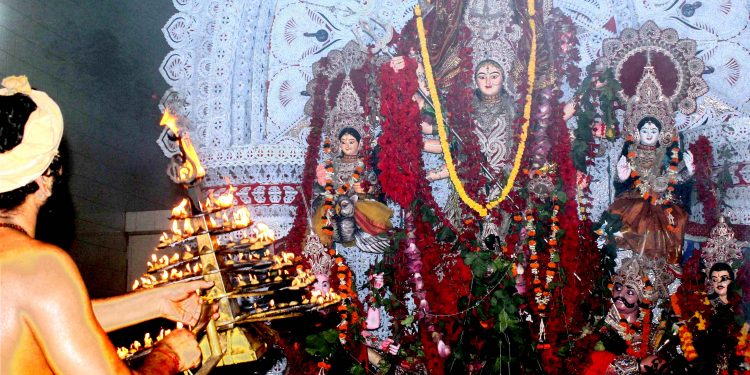In India, pujas are not only about rituals. They also have a lot to do with celebrations. And Durga Puja certainly tops the list when it comes to festivities.
Five days are definitely a lot when it comes to celebrating one of the country’s biggest festivals. From pandal hopping, eating out with near and dear ones, sporting colourful dresses to merrymaking with friends, Durga Puja is no less than a carnival of sorts in the eastern part of India. And it’s equally a grand affair in our state too. Come Durga Puja and festive fever will once again grip the Twin Cities along with other parts of Odisha. Sunday POST brings to you a Durga Puja planner so that you can make the most of the festivities.
Sashthi: It’s the first day of Durga Puja and the best way to spend the morning is planning for the evening. Join your family or friends and drop in to one of the local pandals to usher in the Goddess. If you really want to soak in to the evening puja rituals, Kalibari at Ashok Nagar in Bhubaneswar is a great choice. You can watch the evening aarti with all the devotion.
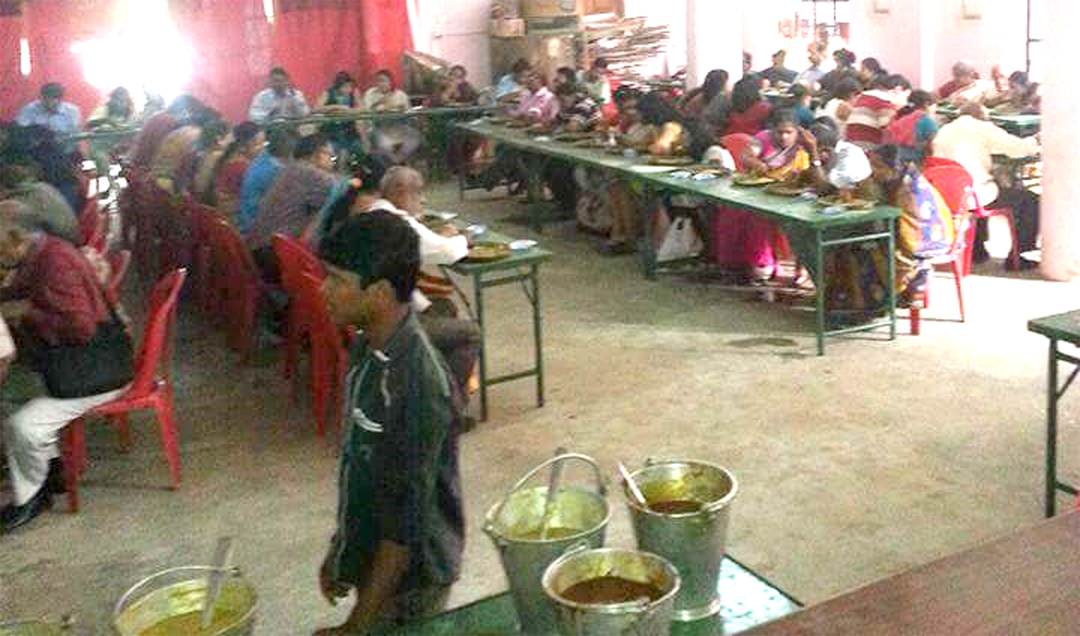
The , a food fair organised every year during Durga Puja. If you are a foodie, try out some sumptuous and authentic Bengali delicacies. Pandal hopping is a must during Durga Puja but save your energy for the remaining four days.
Saptami: Given that there are approximately 300 Durga Pujas held in Cuttack and Bhubaneswar, it might become a shade intricate when it comes to finalising your itinerary. The best thing to do is split the pandals into two segments — traditional and contemporary — and plan your evenings accordingly.
On Saptami, visit pandals that have come to prominence in the last few years. Cuttack being an older city, the newer Durga Puja pandals are primarily concentrated in Bhubaneswar.
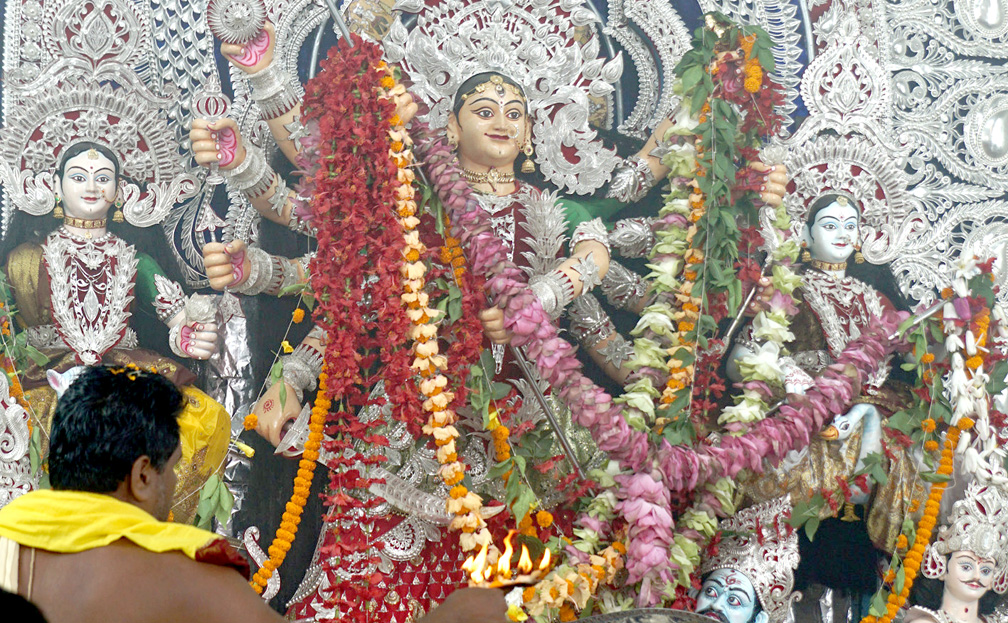
Pandals at Rasulgarh, Jharpada, Old Station Bazaar, Shahid Nagar, Nayapalli and Baramunda are the star attractions in Bhubaneswar. As space isn’t a constraint, most pandals in the state capital boast huge facades which are generally replicas of famous architectural and engineering marvels. The Old Station Bazaar Durga Puja is the oldest in the city and is a must visit.
It is always better to visit pandals in Bhubaneswar in the evenings as the lighting on the streets and at the puja mandaps is a sight in itself.
Ashtami: Ashtami is considered the most auspicious of all the five days of Durga Puja. Pushpanjali and sandhi puja are the two major aspects in the day’s line-up of events. Wake up early, take a bath, wear a fresh attire and reach the nearest pandal for pushpanjali. Most pandals become overcrowded during pushpanjali, so it’s advisable to reach the venue early. However, if you want to avoid commotion at the pandal, we advise you to go to the Jharpada Durga Puja pandal, which is comparatively less congested. You can also have prasad and bhog there.
Pushpanjali is a sight in itself with the priest chanting the hymns and hundreds repeating them in chorus, as they seek blessings from the goddess. Kalibari is again the destination if you want to attend sandhi puja. It’s a different experience altogether. In the afternoon you can dig into a traditional Bengali bhog platter, as dhakis, who come down all the way from West Bengal, beat their drums and break into a jig.
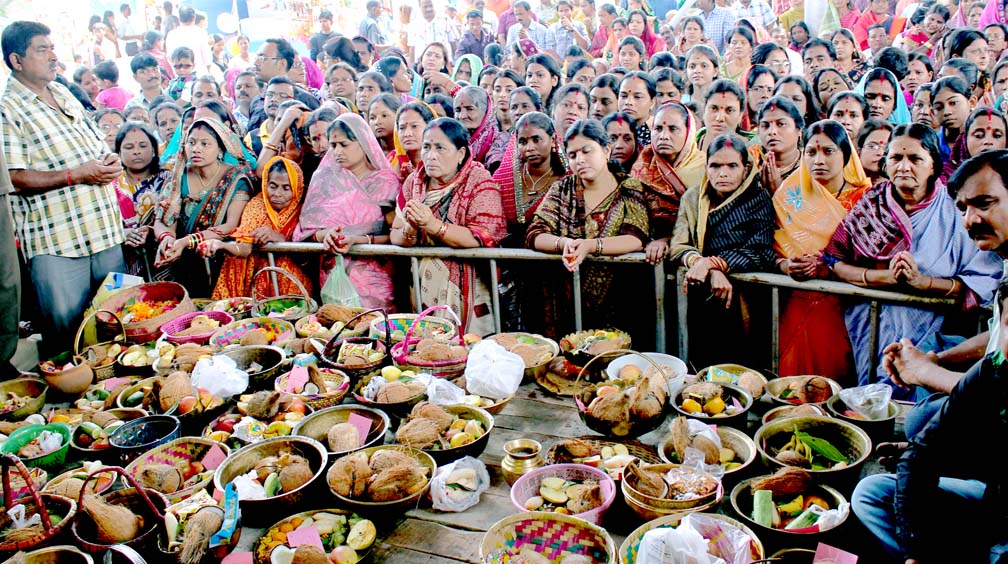
Reserve your evenings for the best pandals in Cuttack, which is home to some of the oldest Durga Pujas in the state. If you are an ardent admirer of art, then Cuttack is the place to be. From watching some intricately designed silver backdrop (chandi medhas) to gigantic Durga idols to some stunning pandal facades, you are spoilt for choice if you are in Cuttack.
Nabami: One of the biggest attractions on the penultimate day of Durga Puja is the lavish fish platter that is offered to the goddess. If you want to be part of this ritual, Chandni Chowk puja mandap in Cuttack is the place to be. Quintals of fish are offered as bhog to the goddess on this day — a part of the puja rituals, the history of which can be traced back to nearly 200 years. The puja committee is believed to spend `3 lakh on fishes every year for this purpose.
Moreover, the Nabami bhog is also a major attraction at this mandap. Start early or you might have to wait for hours in the queue. You can have some sumptuous fish curry with rice and khata.

If you are a party animal then the best thing to do on a Nabami evening is to attend a Dandiya party and hit the dance floor. There are quite a few Dandiya events held in Bhubaneswar and Cuttack to mark the end of Navaratri.
Dandiya nights are major crowd-pulling events, with hundreds of people hitting the dance floor and shaking a leg to the pulsating music belted out by DJs.
Dashami: You must be wondering how the four days just went by. But don’t worry, there’s a lot that you can do on Vijaya Dashami too. You can utilise the morning and afternoon hopping pandals if you have missed out on any in the last four days.
The late afternoon is reserved for married women who participate in sindur khela, one of the major rituals of Durga Puja. The Kalibari Durga Puja committee organises sindura khela every year. Post that, gear up for Ravan Podi, which is celebrated amidst much fanfare to mark the end the festivities.
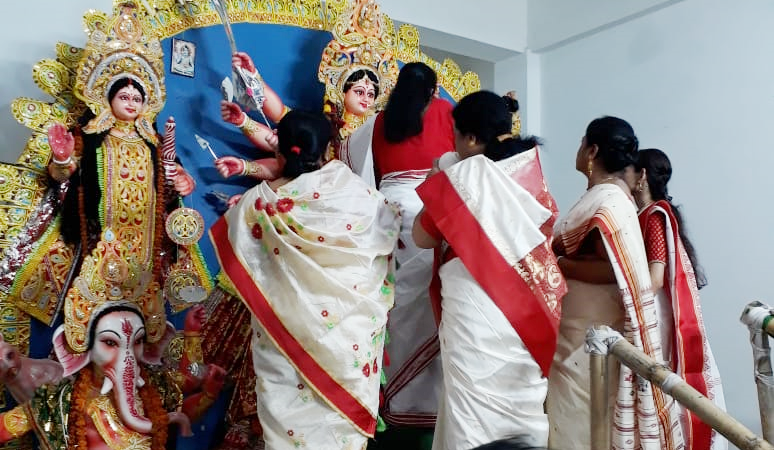
There are around 13 Ravana effigies that are torched in the state capital and attract huge footfall. Drop in to any of the venues. However, we suggest destinations like Baramunda, Nayapalli, Ganga Nagar, Jharpada and Rasulgarh, which are the most popular. If you are in Cuttack, head to Gadgadiaghat, where Ravan Podi is an equally grand affair.
RASHMI REKHA DAS, OP

